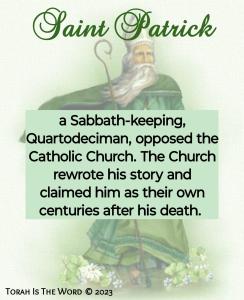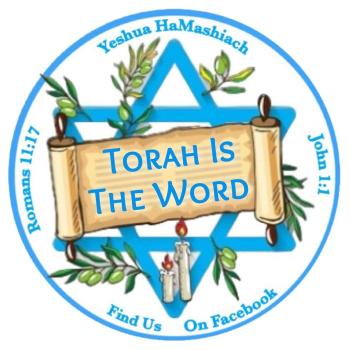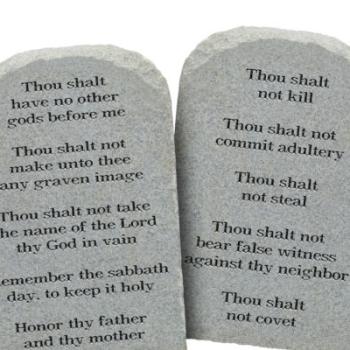Happy Saint Patrick’s Day!
It’s that time of year again, when everyone is Irish for a day. Yep, Saint Patrick’s Day. These days, most people don’t even realize who Saint Patrick was, only seeing March 17th, the day Patrick died, as a day to wear green and drink matching beer. But then, how much about Saint Patrick has anyone ever known? Ask most people who claim to know, and they’ll tell you he’s Catholic and the patron saint of Ireland for driving the snakes from the Emerald Isle. Some may say he is the one man who brought Catholicism to the Pagans, Christianizing the land, using shamrocks to explain the Trinity. But is any of that really true?
Maewyn Succat and the Celtic Church
The man known as Saint Patrick was born Maewyn Succat about 387 A.D in Scotland. His father, Calpornius and grandfather, Potitus, were deacons in the Celtic Church.
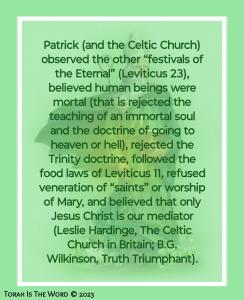
The Celtic Church clung to first century Christian beliefs and often clashed with the Roman Church. Celtic writings speak of individuals coming from Asia Minor , bringing with them the doctrines of John, Paul and Philip. Because of what they learned, the Celtic Church maintained a Seventh Day Sabbath, kept Levitical food laws and observed the Feasts of the Lord, such as Passover rather than the paganized Easter of the Roman Church. The Celtic Church allowed clergy to marry, did full immersion baptisms and rejected traditions of idol worship, confession, and the rituals associated with Mass. They held to a more Biblical and Scriptural approach to worship.
Maewyn is taken into slavery
At 16, Maewyn was kidnapped and taken to Ireland. He spent 6 years there in slavery before escaping back to Scotland. But a few years after returning, he felt a conviction to return to Ireland and minister to the people. And so that is what he did. But he did not preach Catholicism.
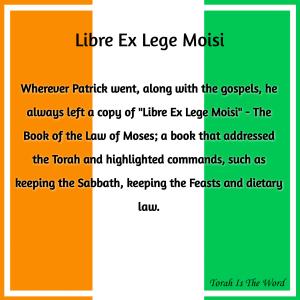
Maewyn’s teachings
By now, Maewyn was known as Patrick. A name derived from his time in Ireland. And what Patrick taught the Pagans of Ireland was what he was taught through the church of his fathers. He taught the Sabbath, he explained according to John 18:36 that God’s kingdom is not of this world. He believed death was sleep and that a person’s soul did not immediately go to heaven or to hell upon dying, but awaits the resurrection of the dead at the Second Coming. And he did not teach the Trinity, nor did he use shamrocks to demonstrate it. He carried copies of the Ten Commandments with him and left them with all who he met.
Saint Patrick?
Maewyn, or Patrick, died on March 17, 461. Nearly 200 years later, the Catholic Church claimed him as one of their own. Because there was no canonizing process at the time, Patrick was never officially made a saint, but is one in name and tradition only. But given what we know about him, about his opposition to all things associated with the Roman, or Catholic, Church and their veneration of men, what would he, a man who only celebrated the Feasts of the Eternal, think of the world observing a feast day in his name?
Patrick wasn’t the only one
Patrick wasn’t the only Scottish missionary to Ireland and member of the Celtic Church that Catholicism changed the history of. Saint Columba of Iona was another. Born 60 years after the death of Patrick, Columba was also a Sabbath keeping, clean eating, Feast keeping evangelist who butted heads with the Catholic Church. Yet, they later claimed him as their own, erasing the true history of another whole-Bible believing preacher.
March 17th – A holiday for the Irish
My maternal grandmother was a first generation American, both of her parents having been Irish immigrants. My grandfather was more like, 2nd or 3rd generation American, with his lineage also being full Irish. Saint Patrick’s Day was a major holiday to us, right up there with Christmas and Easter or the Fourth of July. We’d go out to eat. A traditional dinner of Corned Beef and Cabbage always on the menu.
Oh, there’s another interesting tidbit. The corned beef and cabbage that is so synonymous with Saint Patrick’s Day dinners all over, didn’t become popular until the early 20th century. As Irish immigrants moved into New York City neighborhoods, they often shared blocks with Jewish immigrants, purchasing their meats and groceries from Jewish delis. Corned beef was both affordable to the poverty-stricken Irish and readily available, making it become less of a Jewish delicacy and more of an Irish one, served with potatoes and Irish Soda Bread.
In Conclusion…
This article was truly a quick look into the truth of Saint Patrick and the Celtic Church, meant to spur some interest and pique some curiosities into learning more. There are many resources available on Google on the subject. And there is no better source that the words that come straight from the horse’s mouth – Saint Patrick wrote a book about himself and his ministry. Confessio can be read for free and in whole, just click the highlighted title.
Many people don’t think the truth matters. Some don’t wish to believe it. But I think it’s important to remember people for who they were. To acknowledge them for the things they did rather than what a certain group would rather they did.
Truth is, Maewyn Succat is not Saint Patrick – and he wouldn’t want to be. And no, he didn’t drive snakes out of Ireland, either.
Shalom!

